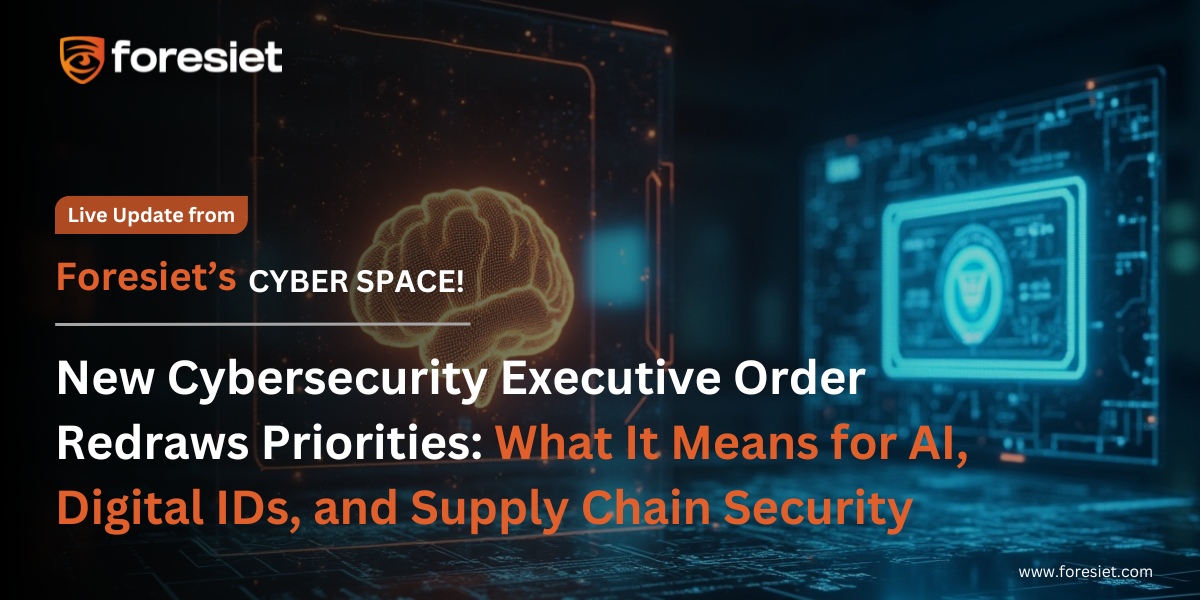Cybersecurity Testing Trends 2025: Empowering Strategies to a Digital Resilience Future

Introduction: Why Cybersecurity Testing Is Essential in 2025
In the evolving threat of cyber in our age, wherein it is advancing at a rate never experienced, cybersecurity testing has emerged as the keystone of sound digital defense. Those carefree days of simple traditional security "getting the job done" are over; mimicking strategies that trigger are essential to find vulnerabilities before the malicious users can exploit them. In this blog, the future directions of cyber security testing in 2025 are brought to the fore, giving business knowledge on how corporations can strengthen their defense and be the champion of the cyber game.
- Penetration Testing: Mimicking Real Attacks
Penetration testing or ethical hacking is the process of mimicking attacks in order to discover weaknesses in applications, systems, and networks. Mimicking the presence of an evil hacker enables organizations to detect and correct security vulnerabilities before the actions of hackers. It not only improves the security posture but also makes industry standards and regulatory compliance easier.
- Automated Vulnerability Scanning: Continuous Risk Measurement
Automated scanning tools are prevalent these days in the identification of known security weaknesses in the cyber infrastructure of a firm. They ensure round-the-clock scanning, with the help of which firms can determine and fix loopholes in time. Blending automated scanning with normal security procedures ensures an adaptive defense mechanism against emerging threats.
- Red Team vs. Blue Team Exercises: Enhancing Incident Response
Red team (attack) and blue team (defense) simulations offer a baseline estimate of an organization's readiness for cybersecurity. Such drills challenge not only technical defenses, but also response planning effectiveness and communication streams. Red vs. blue team simulations in repetitions create a culture of continuous improvement and reacting to advanced cyberattacks.
- Application and API Security Testing: Securing Digital Interfaces
As web applications and APIs increase usage, they have to be shielded from defects. Application testing identifies defects like injection defects, authentication defects, and misconfigurations. API testing tests endpoints for possible exploitation that can compromise data integrity and confidentiality. Subscription to strict test procedures guards these internet interfaces from possible intrusions.
- Compliance Audits and Risk Assessments: Compliance with Regulatory Standards
Legally, it is important, but as part of an effective cybersecurity program, adherence to regulatory standards such as GDPR, HIPAA, and PCI-DSS is mandatory. Running compliance scans and risk assessments at regular intervals enables organizations to identify security weaknesses and necessitate controls wherever necessary. Testing keeps companies in sync with regulation compliance and earns some credibility among their stakeholders.
Conclusion: Adopting Proactive Cybersecurity Testing
As cyber threats continue to change at lightning speeds, rigorous cybersecurity testing practices need to be adopted by businesses that want to secure their online assets. By incorporating penetration testing, automated vulnerability scans, red vs. blue team training simulations, application and API security tests, and compliance audits within security solutions, businesses can create an effective defense against incoming cyberattacks. To be at the forefront of the field when it comes to cybersecurity, there must be constant assessment, improvement, and adherence to best security testing practices.
About us!
Foresiet is the pioneering force in digital security solutions, offering the first integrated Digital Risk Protection SaaS platform. With 24x7x365 dark web monitoring and proactive threat intelligence, Foresiet safeguards against data breaches and intellectual property theft. Our robust suite includes brand protection, takedown services, and supply chain assessment, enhancing your organization's defense mechanisms. Attack surface management is a key component of our approach, ensuring comprehensive protection across all vulnerable points. Compliance is assured through adherence to ISO27001, NIST, GDPR, PCI, SOX, HIPAA, SAMA, CITC, and Third Party regulations. Additionally, our advanced antiphishing shield provides unparalleled protection against malicious emails. Trust Foresiet to empower your organization to navigate the digital landscape securely and confidently.
Protect your brand, reputation, data, and systems with Foresiet's Integrated Digital Risk Platform. 24/7/365 threat monitoring for total peace of mind.


